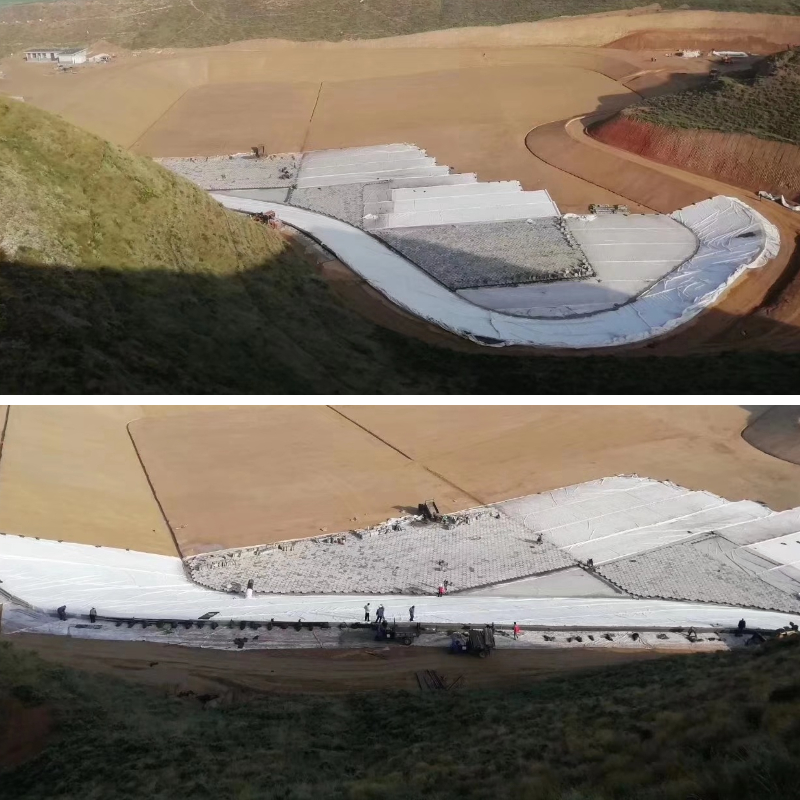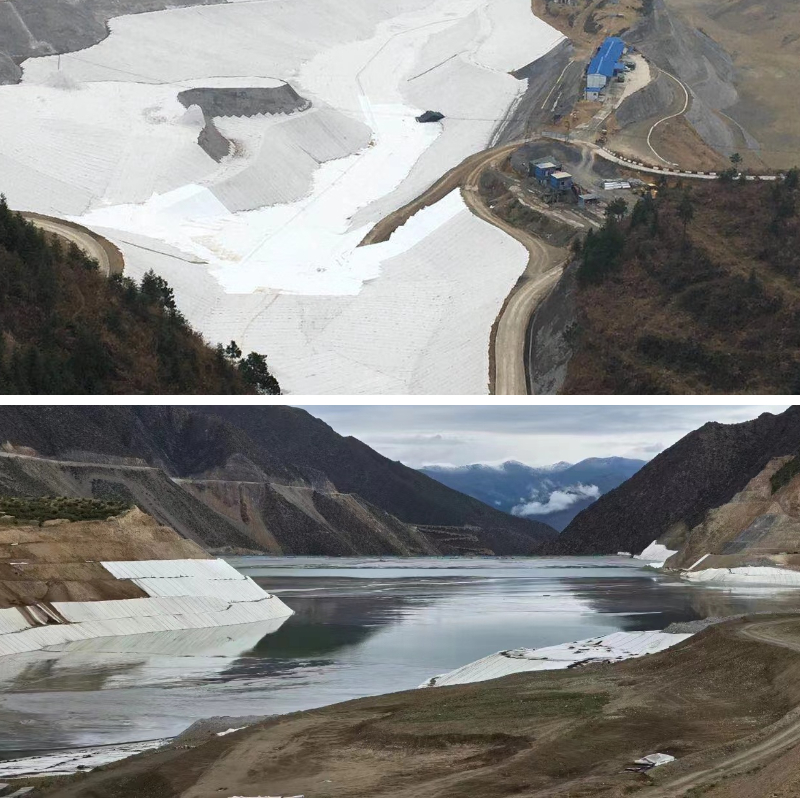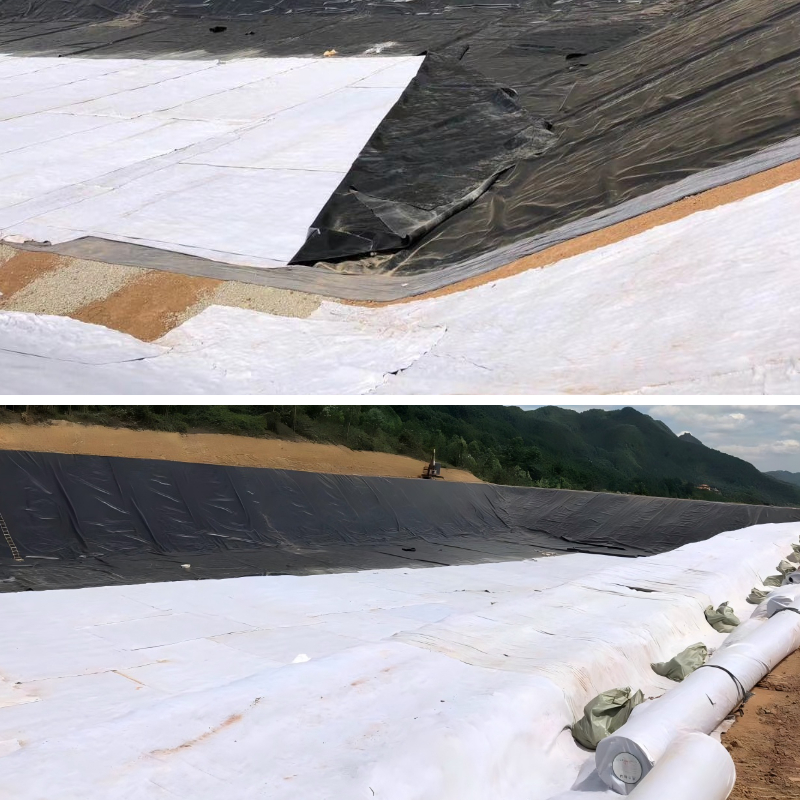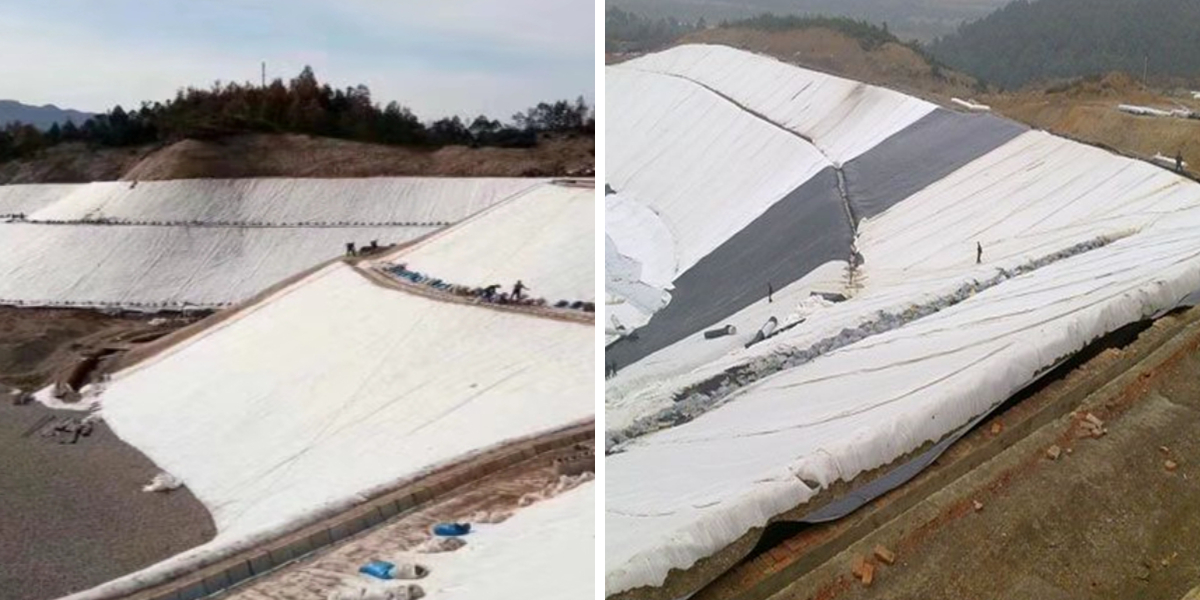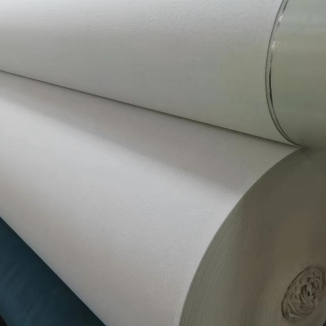Geotextile Cloth for Pond Liners: Ensuring Leak-Proof and Long-Lasting Results
If you’re constructing or keeping a pond—whether for gardening, irrigation, or outside aesthetics—keeping water contained and the shape long lasting is a pinnacle priority. A key aspect that makes this possible? Geotextile cloth. Often overlooked, this versatile cloth works hand-in-hand with pond liners to forestall leaks, shield towards damage, and prolong the existence of your pond. In this guide, we’ll destroy down why geotextile material things for pond liners, how to pick the proper type, and how to maximize its benefits—with a focal point on realistic recommendations for house owners and DIY enthusiasts.
1. Why Geotextile Cloth Is Non-Negotiable for Pond Liners
Pond liners (like EPDM rubber or PVC) are designed to be waterproof, however they’re no longer indestructible. Without protection, sharp rocks, tree roots, or even transferring soil can puncture the liner, main to luxurious leaks. This is the place geotextile cloth steps in—and it does greater than simply defend the liner. First, it acts as a barrier between the liner and the underlying soil. By filtering out small dust particles, it prevents them from clogging the liner’s seams or weakening its shape over time. Second, it improves drainage: extra water beneath the liner (from rain or groundwater) can seep via the porous geotech fabric, decreasing strain that may purpose the liner to bulge or tear. For pond owners, this ability fewer repairs and longer liner life. Even a primary geotextile fabric for ponds can add 5–10 years to your pond’s lifespan, making it a small funding that can pay off big.
2. How to Choose the Right Geotextile Fabric for Ponds
Not all geotextile material is created equal—choosing the incorrect kind can render it ineffective. When choosing geotextile fabric for ponds, begin with fabric type: the first-class choices are non-woven geotextiles, generally made from polypropylene or polyester. Non-woven fabric have a porous, felt-like texture that’s best for filtration and drainage, in contrast to woven geotextiles (which are higher for heavy-duty reinforcement). Polypropylene is a pinnacle pick out for ponds due to the fact it’s resistant to mold, mildew, and water damage—critical for damp environments. Next, reflect onconsideration on weight (measured in grams per rectangular meter, g/m²): for most residential ponds, 100–200 g/m² geotextile cloth is sufficient. Lighter fabric can also no longer stand up to sharp debris, whilst heavier ones (over 300 g/m²) can be overkill and more difficult to install; if your pond has rocky soil or giant roots, choose for the greater give up of the range. Finally, test permeability: the material need to be permeable adequate to let water pass by thru however tight sufficient to filter out soil particles. Look for a permeability ranking of 10–100 cm/s—this balances drainage and filtration flawlessly for pond liners. Avoid impermeable fabrics, as they’ll lure water below the liner and reason issues. By focusing on these factors, you’ll select a geotech fabric tailor-made to your pond’s needs, whether or not it’s a small outside koi pond or a large irrigation reservoir.
3. Step-by-Step Guide to Installing Geotextile Cloth with Pond Liners
Even the nice geotextile cloth won’t work if it’s mounted incorrectly—follow these steps for a leak-proof, long-lasting setup. First, put together the pond bed: clear the region of particles (rocks, roots, sticks, weeds), use a rake to clean the soil, and fill in any holes or bumps. For more protection, use a shovel to do away with the pinnacle 2–3 inches of soil if it’s full of sharp stones. Next, reduce the geotextile fabric for ponds to size: measure your pond’s size and width, then add 1–2 toes to every facet (this overhang ensures the material covers the edges and prevents soil from seeping underneath the liner). Lay the material flat over the pond bed, making certain there are no wrinkles—wrinkles can create gaps the place leaks form. Then, invulnerable the fabric: use panorama staples (spaced 1–2 ft apart) to maintain it in place, specially alongside the edges. Avoid pulling the cloth too tight—leave a little slack to account for soil moving over time. After that, set up the pond liner: lay it at once on pinnacle of the geotech fabric, smoothing out wrinkles, then tightly closed the liner’s edges over the geotextile fabric (using the identical panorama staples) to create a tight seal. Finally, add a pinnacle layer (optional): for more durability, cowl the liner’s edges with gravel or sand—this protects each the liner and geotextile cloth from UV injury and foot traffic. By following these steps, you’ll create a protecting barrier that maintains your pond liner secure and leak-free for years.
4. Maintaining Your Geotextile Cloth for Long-Term Pond Health
Geotextile cloth is low-maintenance, however a little care preserves its overall performance long-term. Start with everyday inspections: test the material at least twice a yr (spring and fall) for symptoms of harm (tears, holes, fraying), paying greater interest to the edges—soil erosion or animal pastime (like burrowing rodents) frequently reasons troubles here. If you spot a small tear, patch it with a piece of greater geotextile cloth and water-proof tape. Next, smooth when needed: if particles (leaves, dirt) builds up on pinnacle of the material (especially round pond edges), gently sweep it away. Avoid harsh chemical compounds or strain washers—these can harm the fabric’s porous structure. Finally, defend from UV rays: whilst most geotextile cloth is UV-resistant, extended daylight publicity can nevertheless destroy it down over time. If the cloth is uncovered alongside the pond’s edges, cowl it with mulch or gravel to guard it from the sun. With minimal maintenance, your geotech fabric will proceed to guard your pond liner and make sure applicable drainage for decades.
5. The Top Benefits of Using Geotextile Cloth for Ponds (vs. No Protection)
If you’re on the fence about the usage of geotextile cloth for your pond liner, here’s how it compares to going without. First, it prevents leaks: geotextile cloth stops sharp objects from puncturing the liner, and barring it, even a small rock can motive a hard-to-find, costly leak. A find out about by means of the American Society of Landscape Architects determined that ponds with geotextile safety have 70% fewer leak-related repairs than these without. Second, it improves drainage: bad drainage leads to stagnant water underneath the liner, which reasons lifting or cracking—but geotech fabric lets this water escape, preserving the liner flat and secure. This is particularly imperative in wet climates, the place extra groundwater is common. Third, it extends liner life: pond liners are a huge funding (replacing one can price lots or hundreds of dollars), and geotextile fabric for ponds doubles their lifespan by way of defending towards harm and wear—saving you cash long-term. Fourth, it reduces maintenance: except geotextile cloth, soil particles clog the liner’s drains or accumulate on top, main to algae boom and murky water; the material filters out these particles, retaining your pond cleaner and slicing down on widely wide-spread cleaning. Fifth, it’s handy to install: in contrast to different safety techniques (like concrete), geotextile cloth is light-weight and convenient to handle—even for DIYers. You don’t want specific equipment or skills, making it a simple addition to any pond project.
Final Thoughts: Invest in Geotextile Cloth for a Leak-Proof, Long-Lasting Pond
A beautiful, purposeful pond begins with a robust foundation—and that basis consists of geotextile cloth. Whether you’re constructing a new pond or upgrading an current one, this versatile fabric protects your liner, improves drainage, and saves you time and cash on repairs. By deciding on the proper geotextile fabric for ponds, putting in it correctly, and preserving it regularly, you’ll revel in a leak-proof, long-lasting pond for years to come. What’s more, the reliability of geotech fabric ensures that your pond remains a functional and beautiful space, without the stress of frequent leaks or repairs.
Contact Us
Company Name: Shandong Chuangwei New Materials Co., LTD
Contact Person :Jaden Sylvan
Contact Number :+86 19305485668
WhatsApp:+86 19305485668
Enterprise Email: cggeosynthetics@gmail.com
Enterprise Address: Entrepreneurship Park, Dayue District, Tai 'an City,
Shandong Province


